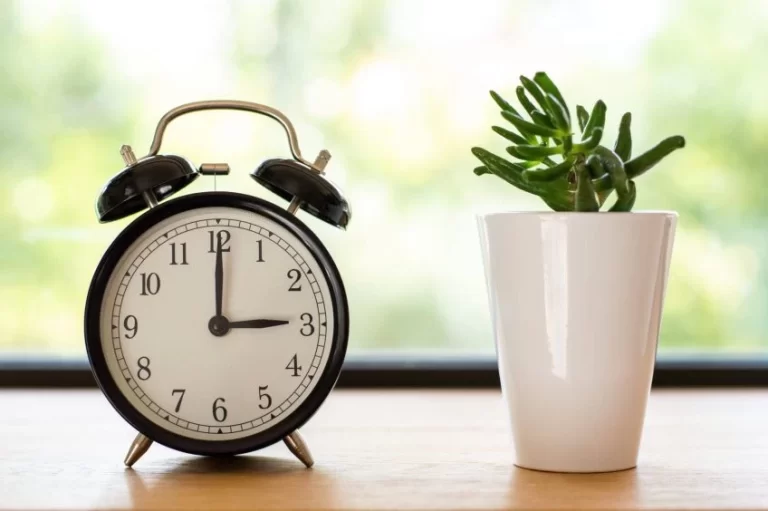This weekend marks the start of Daylight Saving Time. DST is some people’s favorite time of year due to the added daylight that is gained each day. People will move their clocks forward one-hour beginning Sunday, March 10th. Summer days are longer, leaving more time to do the things you love outdoors. But how and why did this practice of changing the clocks start?
Where it began
Benjamin Franklin’s “An Economical Project,” written in 1784, is the earliest known proposal to “save” daylight. He wrote this in an effort to save on candlelight.
William Willet is also noted as the first true supporter of the idea. Mr. Willet noticed in London that hours of daylight were wasted each year and wanted a solution to this problem. It began by putting clocks ahead 20 minutes each of the four Sundays in April. Then the reverse of this by putting clocks back each Sunday in September.
During World War 1 the government wanted to conserve coal used for heating homes. Germans were the first to make these changes, followed by Britain who changed their clocks to an hour ahead from May to October. The United States joined in 1918 when Congress passed the Standard Time Act. President Woodrow Wilson asked voters for this time change in an effort to have more hours of light to work in the day. He cited this change would improve the economy. Many farmers objected the change, sighting they were forced to work outdoors in the dark in order to accomplish all the chores on their farms.
It ended in 1920 and then reappeared during World War 2 when clocks were once again set one hour ahead to encourage saving on fuel. Since the war ended in 1945, Daylight Saving Time begins being used on and off on different days in different states.
After many bills and acts of legislation, Congress passed the Energy Policy Act of 2005, which went into effect in 2007. As a result, most Americans now spring forward (turn clocks ahead and lose an hour) on the second Sunday in March and fall back (turn clocks back and gain an hour) on the first Sunday in November
Sources:
https://www.almanac.com/content/when-daylight-saving-time
https://www.timeanddate.com/time/change/usa/new-york?year=2019


